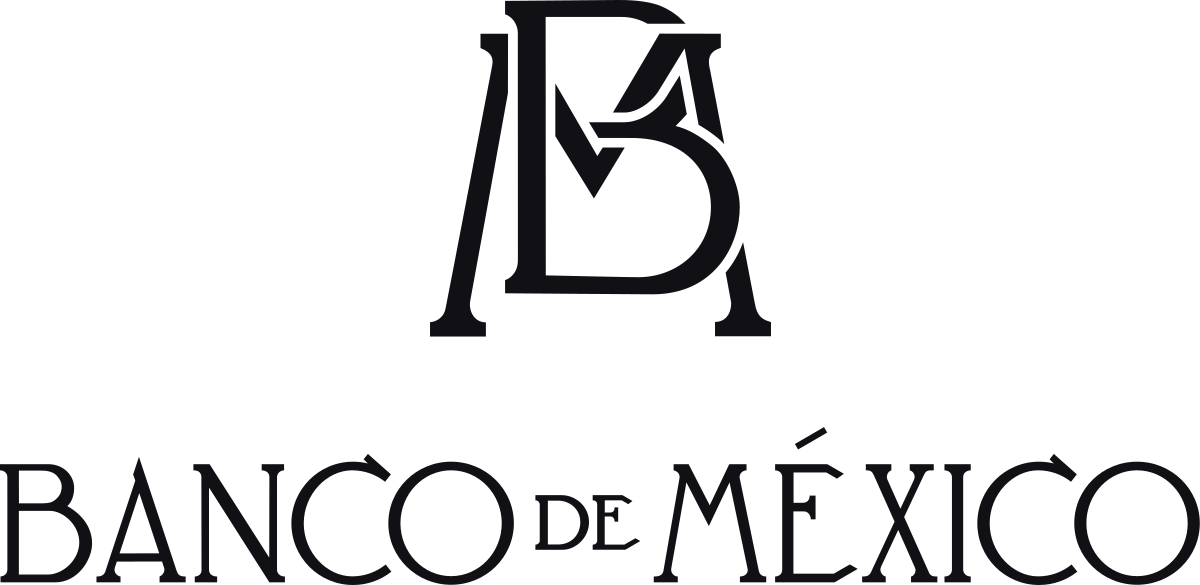Does Choosing from Multiple Credit Offers Improve Consumers’ Economic Outcomes in Mexico?
Globally, less than one-third of low-income individuals compare multiple offers when they last acquired a credit product. Given the large price dispersion in loan markets, consumers can benefit from seeking offers at multiple financial institutions before settling on one; in developing countries, the even larger price dispersion makes the potential gains from shopping even larger. However, evidence suggests that consumers in low- and middle-income countries face high search costs preventing them from finding the best credit offer.
In Mexico, household debt as a percentage of GDP doubled between 2000 and 2019 — from 8 percent to 16.5 percent — which was mostly driven by increased consumer debt. Much of this growth has been driven by low-income individuals that previously did not have access to the formal credit market and might not be aware of the benefits of comparing multiple cards. Since 2020, Mexico’s central bank has been developing an app that will allow users to compare individualized credit offers provided by financial institutions based on verified users’ information. This new tool seeks to simultaneously address two problems. First, by presenting customers with a range of personalized offers, it will drastically reduce search costs, possibly leading to users acquiring less costly credit options. Second, as it is run by Mexico’s financial regulator it won’t suffer distorted incentives that are likely to affect privately-run price comparison platforms.
In parallel with the development of this app, researchers are collaborating with IPA and the Bank of Mexico to carry out a research agenda that supports the creation of a robust credit comparison platform, generates evidence of its impact on consumer welfare, and informs future policy interventions. This research agenda addresses questions around how the presentation of information impacts consumer choice; how banks are adapting their credit decision-making processes to the app’s introduction; whether the app impacts different profiles of consumers in different ways; how to identify potential biases in predicting future credit use, and give users information to help correct this; and how increased competition might affect the terms of the cards offered through the app.
The project so far has focused on the questions around information presentation and its diverse effects. This will set the stage for potential future randomized evaluations which could provide evidence on the impact of competition on credit card terms.
Results of the initial pilot will be available later in 2023.
Sources
1. Ponce, Alejandro, Enrique Seira, and Guillermo Zamarripa. 2017. "Borrowing on the Wrong Credit Card? Evidence from Mexico." American Economic Review, 107 (4): 1335-61.
2. Agarwal, Sumit, John Grigsby, Ali Hortaçsu, Gregor Matvos, Amit Seru, and Vincent Yao. Searching for approval. No. w27341. National Bureau of Economic Research, 2020.
3. Giné, Xavier, and Rafael Keenan Mazer. "Financial (dis-) information: Evidence from a multi-country audit study." Journal of Public Economics 208 (2022): 104618.













